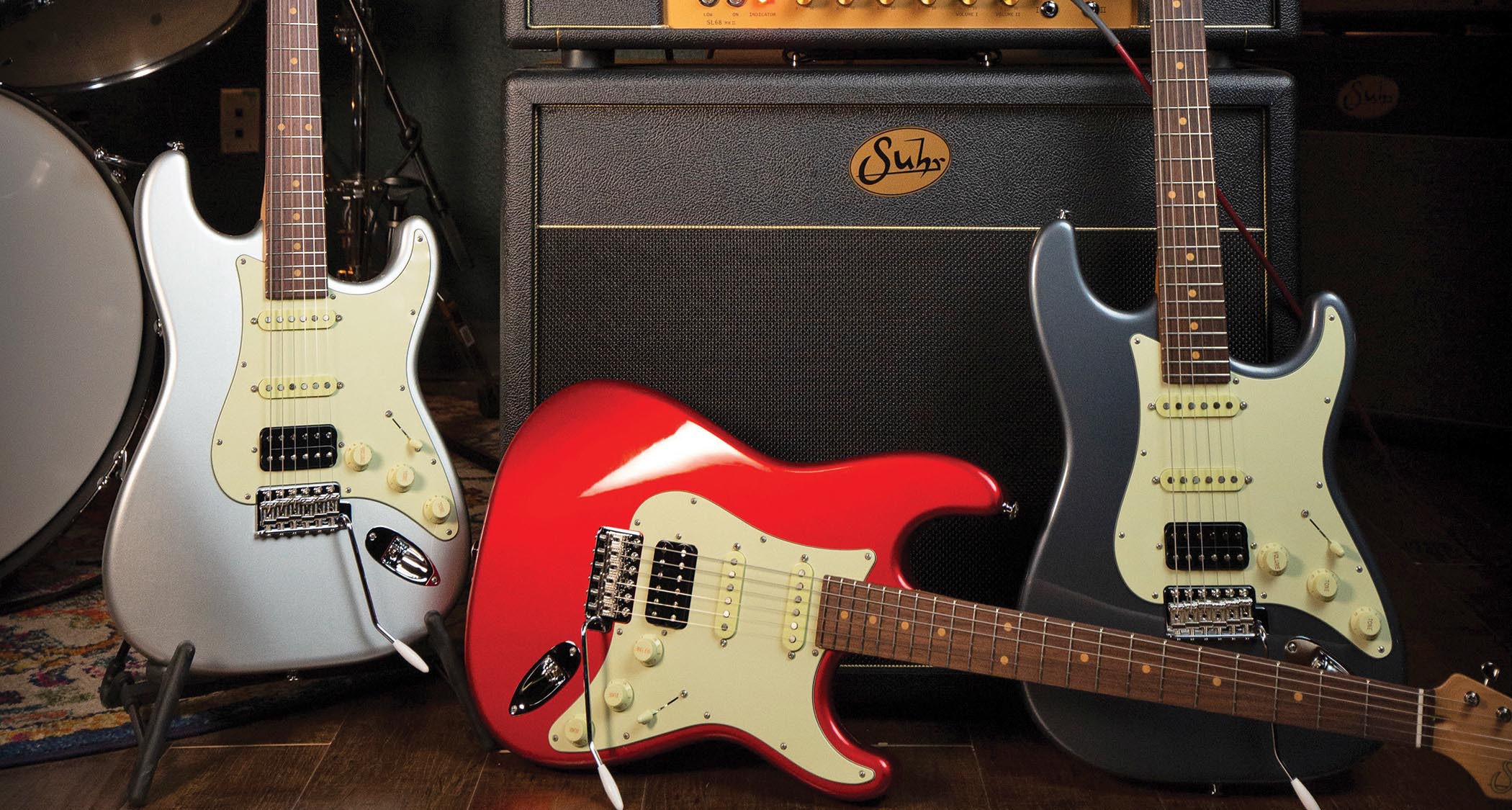“Modelers are like Spotify. I’d never get excited about a box that has every single tone”: My pedalboard is so huge it’s got wheels. But switching to modelers costs guitarists their identity
Tom Peters, guitarist for UK math-rock heroes Alpha Male Tea Party, reckons that while we’re losing back pain in reducing the physical weight of our rigs, we’re causing ourselves creative self-harm
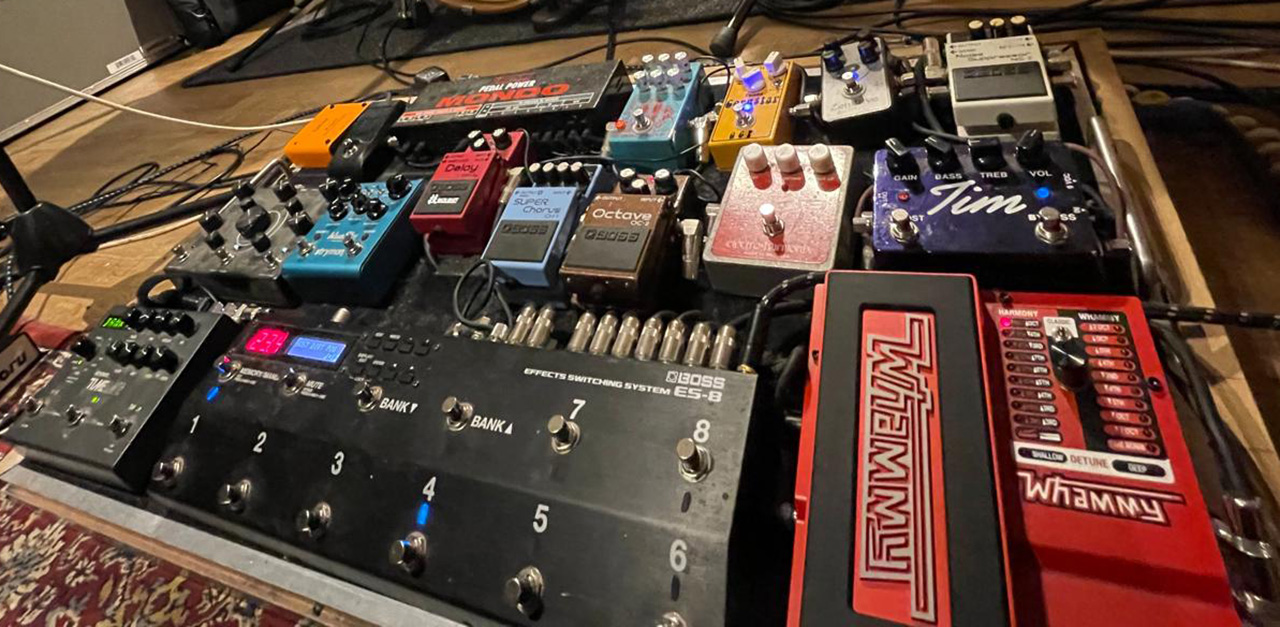
Tom Peters of UK math rock heroes Alpha Male Tea Party is the sort of guitarist who will name a track Battle Crab – but then straight-facedly level a venue with his thunderous tube-driven tone and polyrhythmic riff prowess.
Since 2009 the trio have inspired a fanatically dedicated following – and for good reason. Their sound incorporates euphoria, thrilling intricacy and the kind of earth-moving chug that wins hearts and minds, but never falls foul of the common progressive pitfalls: creative cul-de-sacs, cold mechanics, or rhythms so on-the-grid they make Tron look like a muddy joyride.
Part of the reason is Peters’ insistence on lugging hefty vintage Soldano and Victory tube amps, and a pedalboard so large he’s had to mount it on wheels, around the UK’s small venue scene. He regards it as a point of principle.
Some might call it a colossal act of self-sabotage; but these are minor concerns to a man who agreed to name his band Alpha Male Tea Party. Peters, a producer by day, believes he’s avoiding the creative self-harm he sees in embracing modeling tech.
With AMTP’s superb new album Reptilian Brain about to land, Peters explains why, in 2025 – despite the threats to life, limb and venue relations – he thinks using an enormous pedalboard and three tube amps is less of an issue than relying on a modeler.
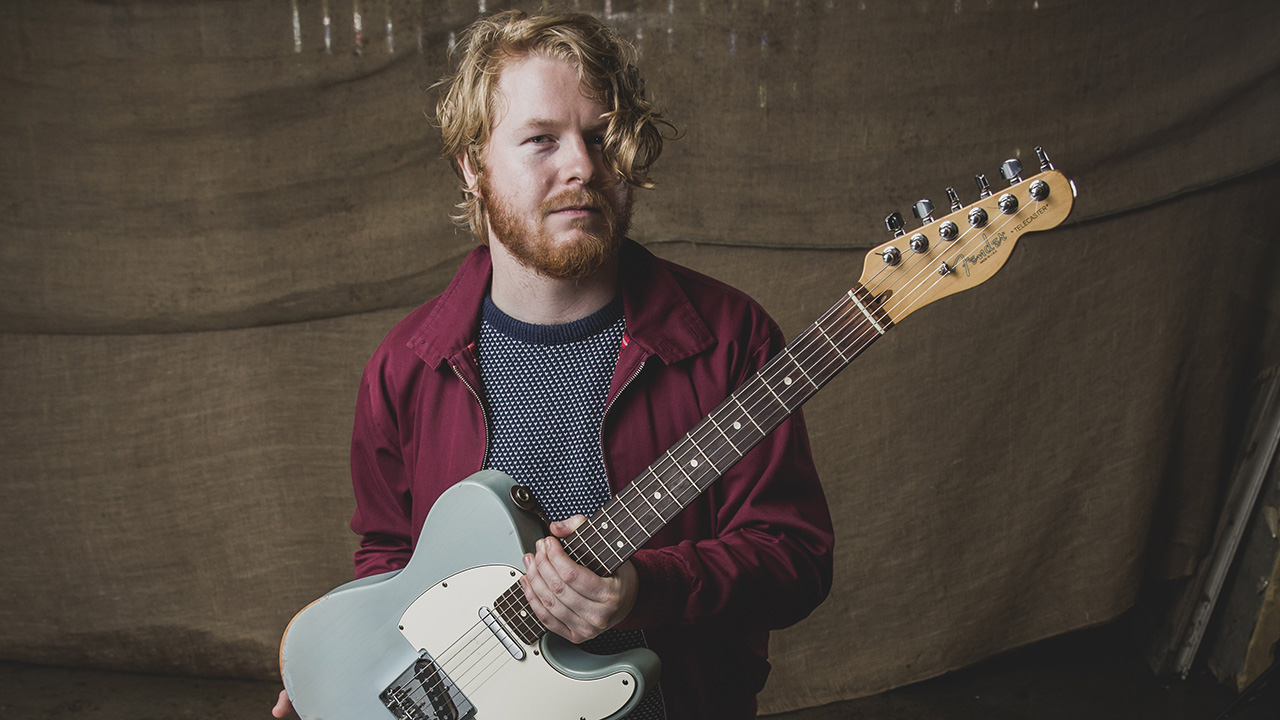
Tom Peters: why I use a massive pedalboard instead of a modeler
“There are about 20 pedals on my board. It's not John Frusciante-massive, but it is still a pain in the ass to carry it around. I can lift it, but it’s got wheels on.
“Why do I insist on a massive physical board when modelers exist? Well, one, I’m quite stubborn; and two, I feel it’s really, really really important for musicians in bands to have something identifiable about the way they sound and what they do. And in 2025 that’s getting lost.
All the latest guitar news, interviews, lessons, reviews, deals and more, direct to your inbox!
“The heart of my board is the Boss ES-8 switching system. I used to hate doing all the tap dancing, so I’ve got a bunch of pedals set up on MIDI – you can look at it and say, ‘This is complex,’ but anyone with a Quad Cortex or your basic laptop freebie has more options in the box than I do on my board.
“For me, modelers are a bit like Spotify. I don’t connect with music in the same way I did when I went to a store to buy a CD. Back then I’d wilfully choose to buy something and add it to my collection.
“Spotify gives you all the music in the world, ever. People listen to it and go, ‘That’s a great record’ – and then move on to another one. Within two weeks of an album cycle people have moved on.
“That phenomenon is applicable to all sorts of things in human existence now, but there’s something valuable about the permanence of having a physical object in front of you that you understand.
“I don’t think anyone is a dickhead for using that stuff; it’s very, very good. It works really well. But I don’t think I’d ever get that excited about having a box that has literally every single tone in it, because I haven't worked to get them. I’ve just got the thing to make the sound, and that’s it.
“It ties into my work as a producer – there’s something about a curated selection of gear that you trust and love, that you know inside out, that really helps with the creative side of things.
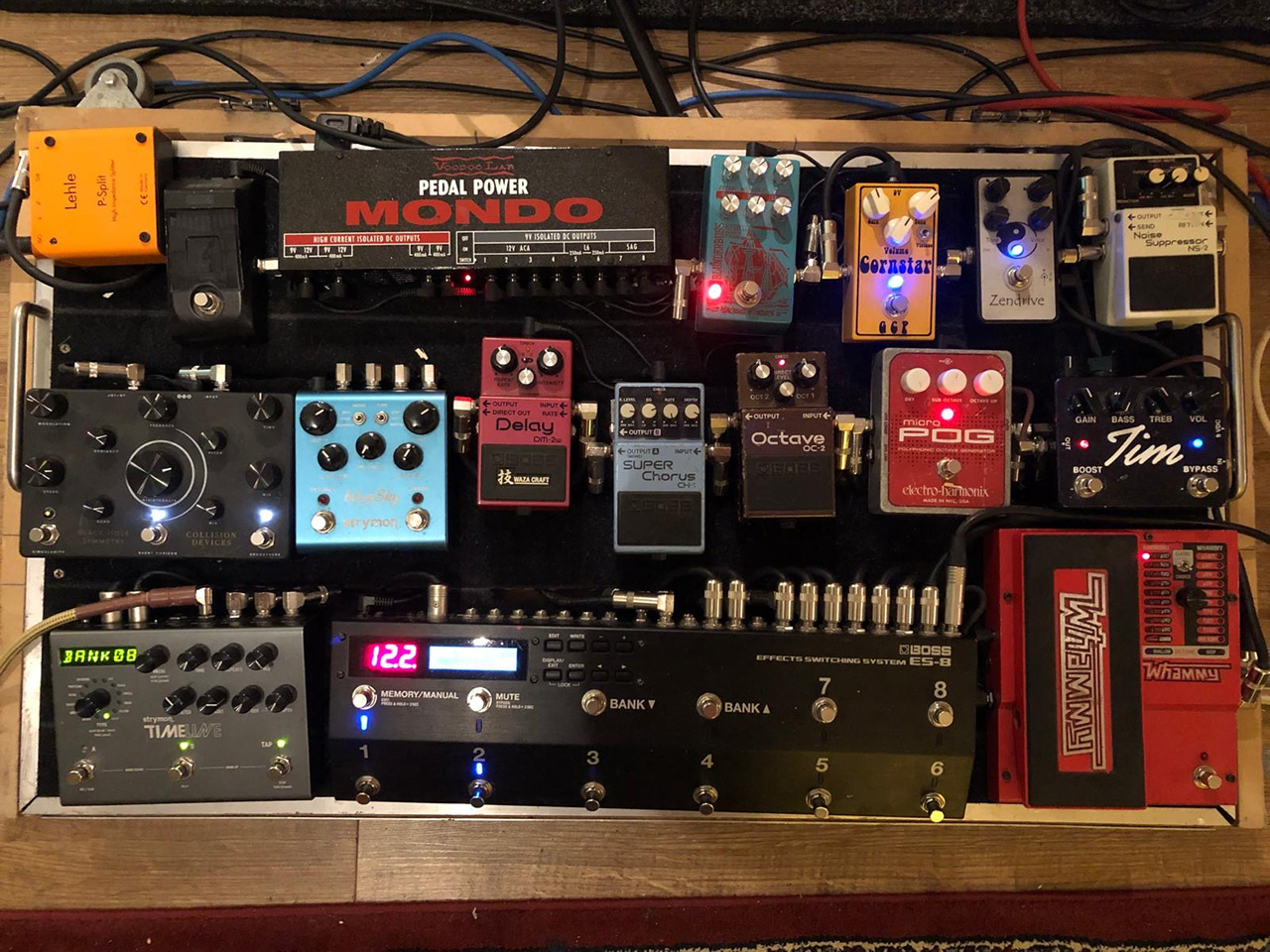
“My pedalboard hasn’t really changed in about 10 years. There’s been a couple of bits that have come in and out, like the Collision Devices’ Black Hole Symmetry. But for the most part, if you look at a picture from the Health cycle in 2017, it’ll look very similar.
“When I built the case in 2015, I went down to the Boss headquarters in London to shoot a video. I’d finished the build the night before, but I hadn’t tested it. So I turned up with this huge ’board on wheels – and none of it was working! I got absolutely slaughtered in the comments. Everything sounded terrible because half my patches were wrong. But aside from the fact that it now works, it’s more or less the same as it was then.
“Another thing we’re losing now is our interaction with tactile processes, and that’s so important to me. I don’t really like looking at menus. It’s just tedious: these dead-end neural pathways. A lot of it is about the response of it when I’m playing. People talk about convenience, but I don’t want to feel comfortable all the time. Convenience isn’t helpful to creativity; it’s a slightly inverse relationship.
“The same goes for amps. People ask, ‘Would you go down the modeler route there, with IRs and things like that?’ But I’m really committed to having amps on the stage.
“We’ve played a lot of venues with absolutely honking PA kits, and the last thing I want to do is give them a DI box and say, ‘You’re in charge of how my band sounds now!’ If the tops have blown on the PA, you can still hear us – that’s really important to me.
“The death of loudness is not that cool either. Yeah, look after your ears! I don’t want to sound like Lemmy; I’m not gonna nail a bottle of Jack Daniels and smoke 60 cigarettes. But I do want someone to come away from our gigs and go, ‘That was loud and intense and dynamic.’
“Some bands out there define themselves by the amps they have onstage. Imagine Sleep using a Quad Cortex, or Sunn O))) without their row of Model Ts. It’s critical to who they are and what they do. There's a beauty to it.
“Digital technologies are impinging on human experience more and more. Things get more and more contained. You notice it in production – like, ‘I’ve heard that snare sample a million times!’ It’s the same with modelers. I want to have some character in what I’m doing; something that’s identifiable to me.
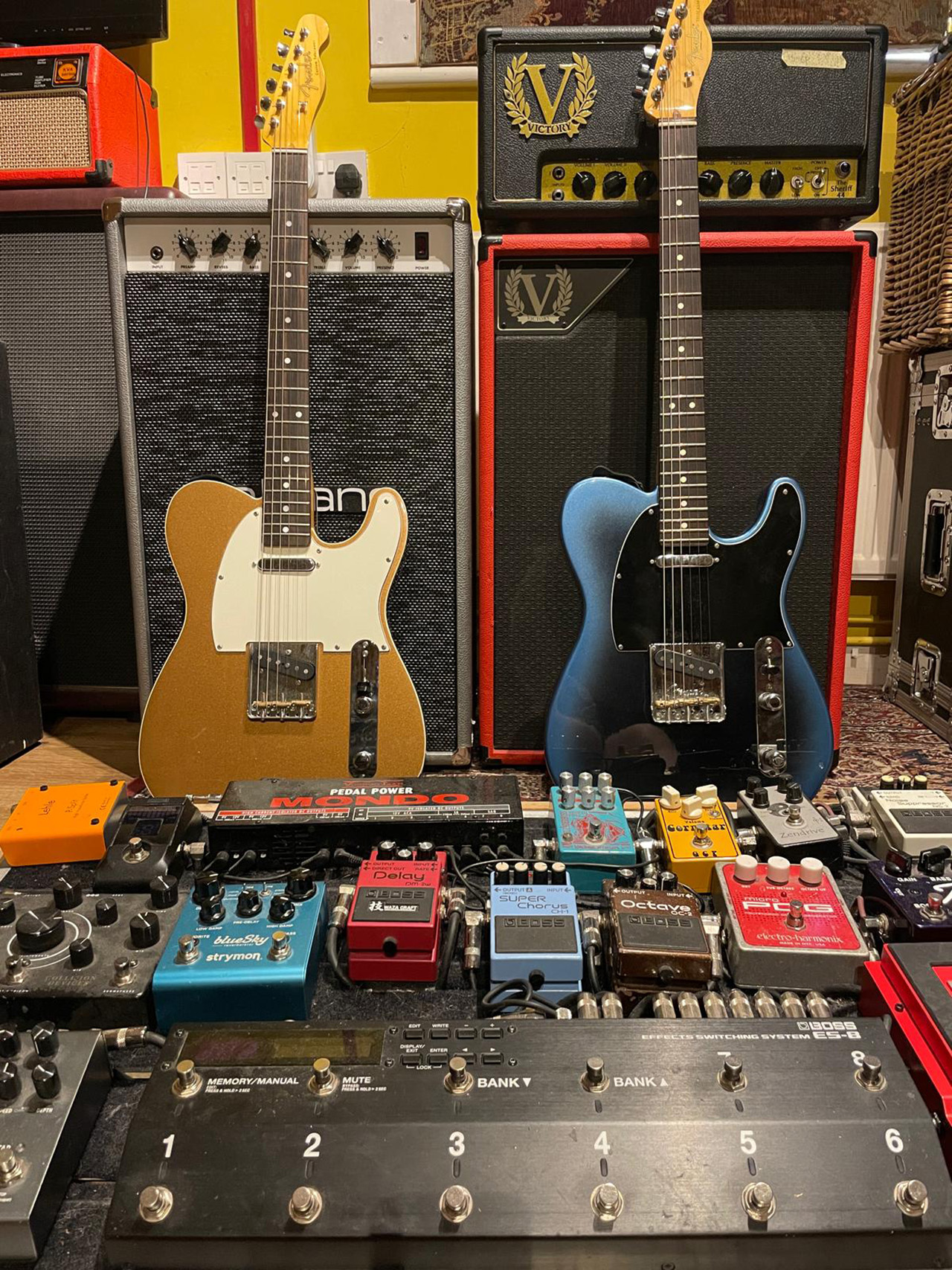
“I’ve done a bit of teaching production and met students utterly convinced it’s better than real amps. I’m like, ‘Well in some ways it is! But it’s just algorithmic variations on a theme.’ A plugin, more or less, does exactly the same thing every time.
“Committing to something is such a powerful thing to do, not just as a creative person, but as a person in general. When I produce, I never take DIs when I’m tracking guitars, because we’ve all worked on a sound in this room and gone, ‘That’s fucking great!’
“It sits with how I think of myself as a musician and my philosophy in how to produce – if I’m going to provide any value to anybody in a listening experience, I have to have something unique about the way that I approach it.”
- Reptilian Brain is out on October 3.
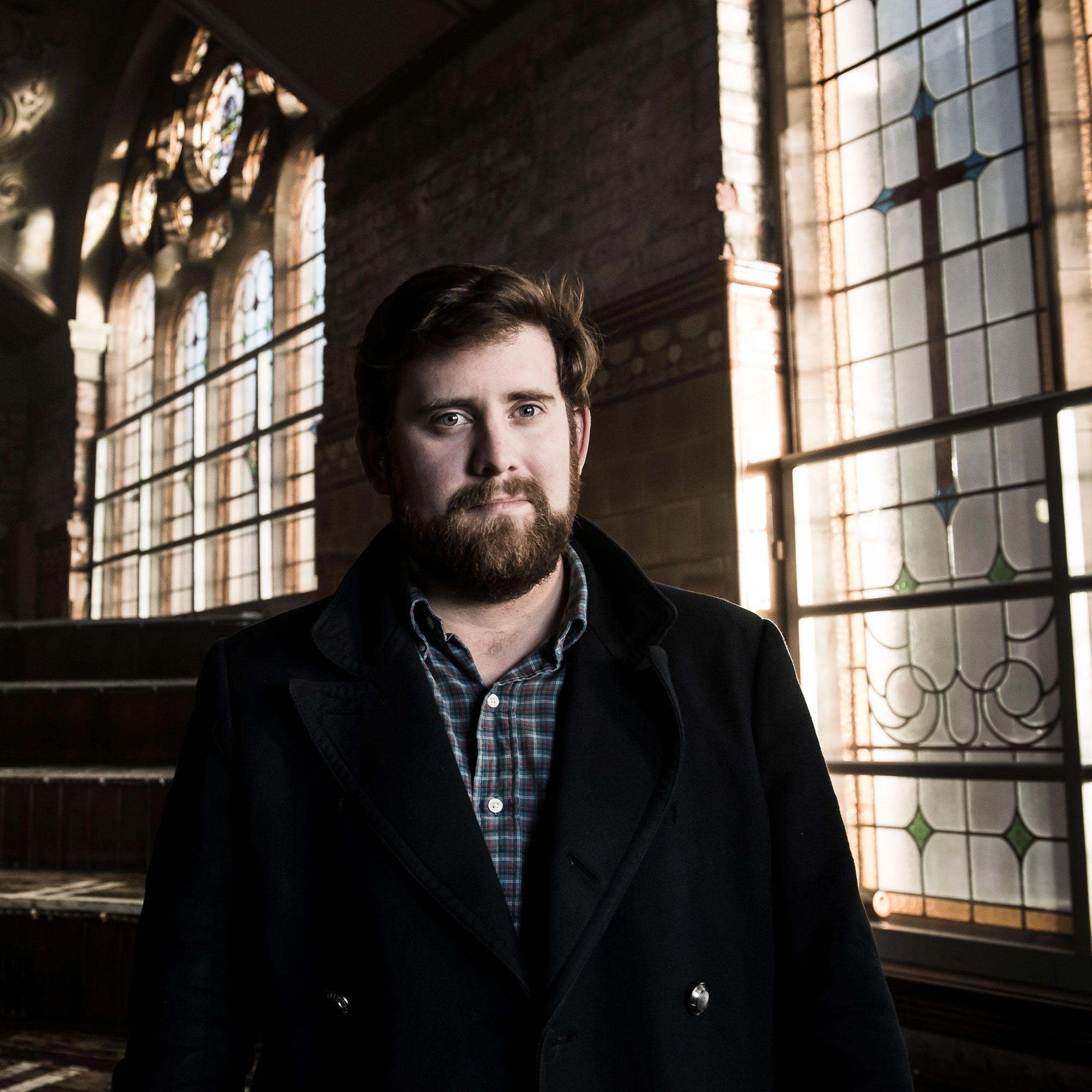
Matt is Deputy Editor for GuitarWorld.com. Before that he spent 10 years as a freelance music journalist, interviewing artists for the likes of Total Guitar, Guitarist, Guitar World, MusicRadar, NME.com, DJ Mag and Electronic Sound. In 2020, he launched CreativeMoney.co.uk, which aims to share the ideas that make creative lifestyles more sustainable. He plays guitar, but should not be allowed near your delay pedals.
You must confirm your public display name before commenting
Please logout and then login again, you will then be prompted to enter your display name.

